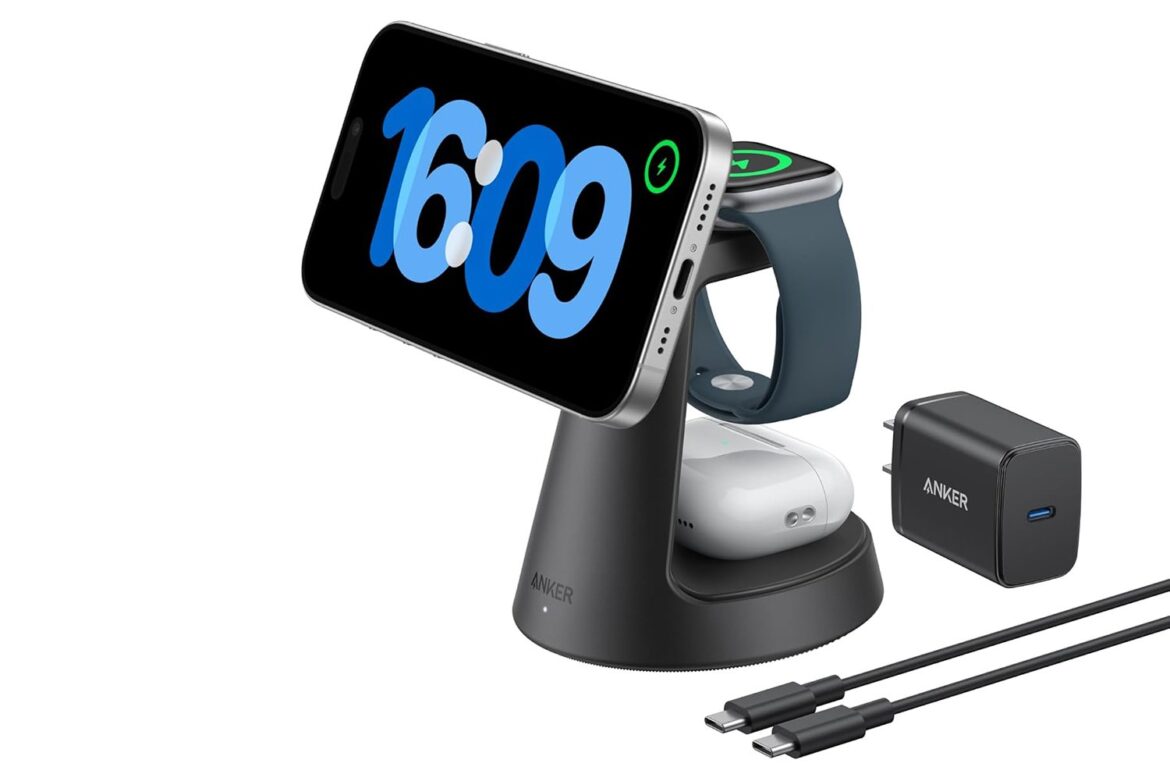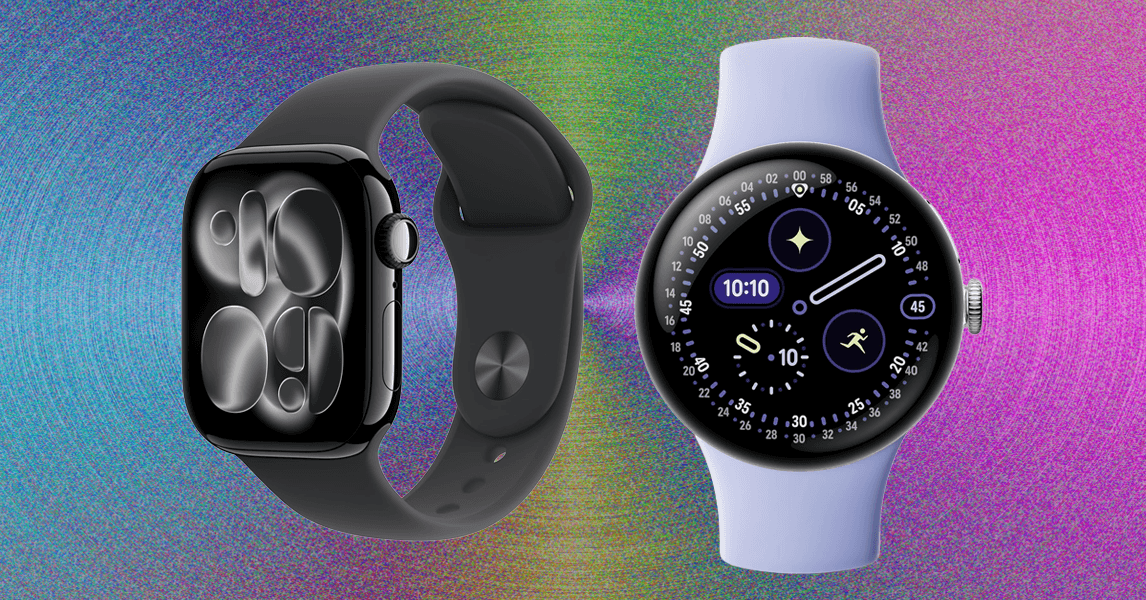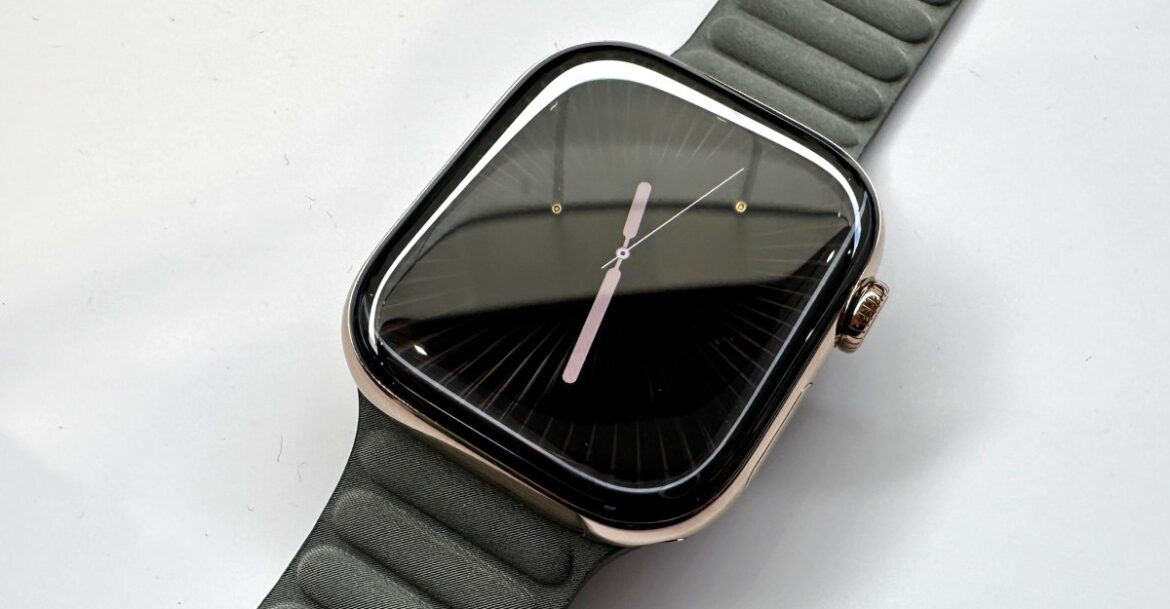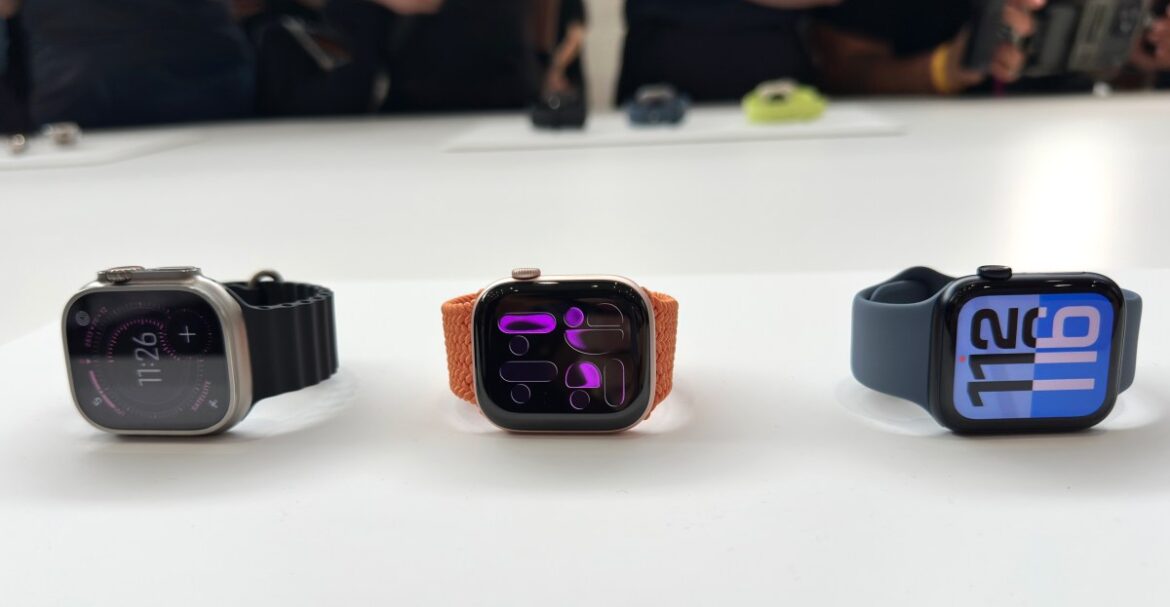Nobody should have to decide which one of their devices gets the fast charger while the other ones get the slow version, or none at all. You carry your smartphone and earbuds and wear your smartwatch at the same time, so you should be able to fast-charge them the same way.
That’s what Anker’s MagGo 3-in-1 charging station does for your Apple devices, including the brand-new iPhone 17, Apple Watch 11, SE 3, and Ultra, and AirPods 4 and Pro 3. They all get 15W charging power, and your desk or nightstand get a clean, organized look with just one cable for 3 devices. Speaking of cleaning up, that’s what you’ll be doing with this limited-time Amazon sale that cuts the price of the MagGo 3-in-1 charging station by 30%, down to just $63.
See at Amazon
Apple Certified
The Anker MagGo 3-in-1 charging station is one of the rare chargers that’s officially certified by Apple as a fast charger for the Apple Watch. It’s powerful and fast enough to bring an Apple Watch Series 10 from 0 to a full charge in just an hour and 13 minutes — over 2 hours less than other wireless chargers. (It’s not compatible with Samsung or other non-Apple smartwatches.)
That amazing speed also applies to your MagSafe-compatible iPhone — watch your iPhone 16 Pro Max go from totally dead to 20% in just 20 minutes, a task which takes a 7.5W wireless charger over twice as long. And the Qi pad at the rear of the stand is a perfect fit for your AirPods wireless charging case, with a non-slip surface to prevent you (or your cat) from knocking them off in the middle of the night.
Nightstand Upgrade
The MagGo is a charging stand, so let’s not lose sight of that feature. Your iPhone charges with equal speed in portrait or landscape position, and the powerful MagSafe grip holds the phone in place and allows you to tilt it back vertically by as much as 45 degrees. That’s perfect if you want to watch a video or take a FaceTime call at your desk hands-free while your phone charges, and on your nightstand, your iPhone can be placed in StandBy mode and act as your bedside clock, all while receiving an optimal charge.
Anker’s rep for top-of-the-line charging device is well established, especially for the Apple ecosystem. This one’s not going to damage that rep one bit — the MagGo 3-in-1 fast charger earned an Amazon’s Choice tag, and this 30% limited-time deal makes it a $63 steal that will keep your devices charged and your desk or nightstand organized.
See at Amazon





